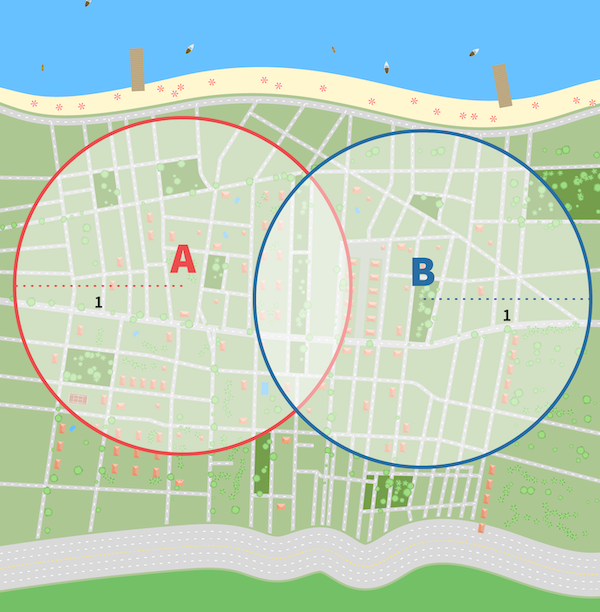Defining the Observable Universe
Light has a finite speed, so the farthest distance we can see is limited by the age of the Universe, which is 13.8 billion years. Light could not have traveled for longer than 13.8 billion years.
Since light travels in all directions through space, we can think of our viewpoint from Earth as the center of a sphere that defines the farthest distance light could have traveled to us since the Universe began. We call this sphere around us the observable Universe.
The observable Universe is defined only by the travel time of light. Today’s telescopes are capable of detecting the first light present at the earliest times in the Universe, before galaxies had formed. So no matter what improvements in technology we make, we will not be able to observe light from the early Universe farther back in time than we currently see.
The sphere is just a geometrical model that defines a distance that’s the same in all directions from Earth. This does not imply that Earth is at the center of the entire Universe, but it is at the center of our observable Universe. This is not to say that the entire Universe is spherical, or that it is finite in size.
Imagine that you can only see about one mile in every direction from where you live. This one mile distance is like the distance to the edge of your observable Universe. If you illustrated that on a map, you could draw a circle with a radius of one mile around your location. Every person in your class could do the same, but their circles would be in different places on the map and would include different objects in the region. We can apply this same analogy to understand why every observer in the Universe has a unique region around them that includes the objects and events they can see.

Por favor, responda todas las preguntas antes de continuar a la página siguiente.
